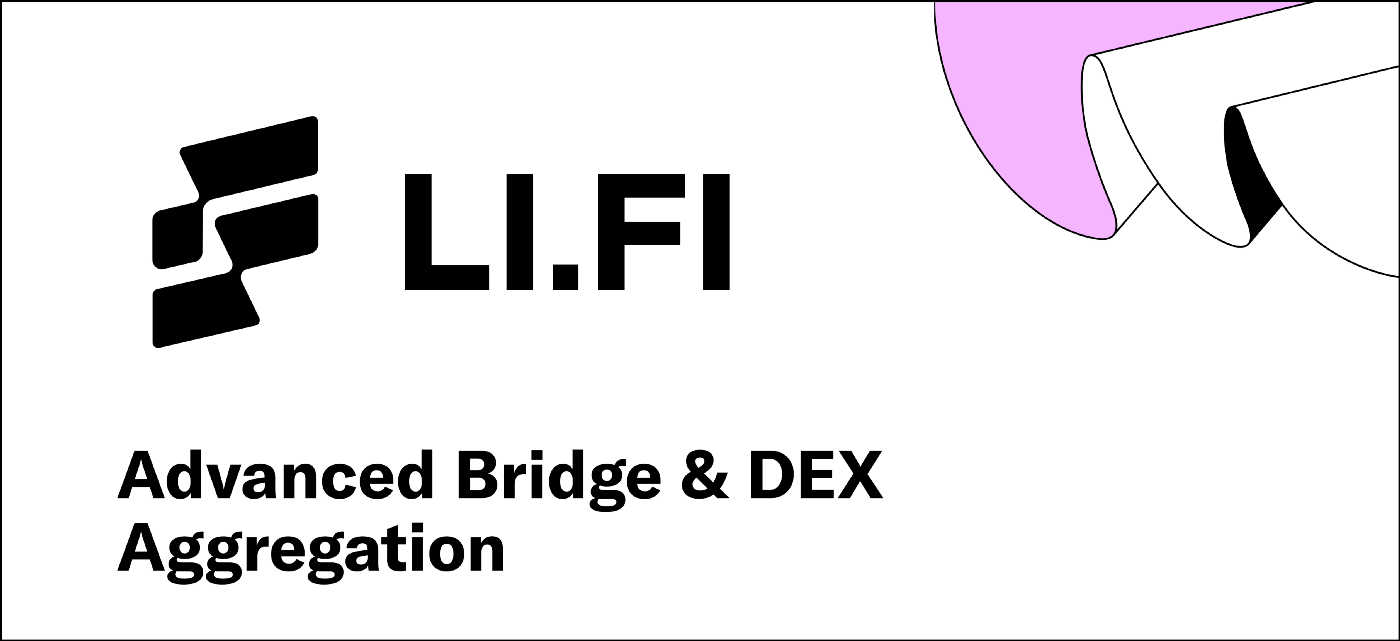The only way to recover from bad credit is to start rebuilding as soon as possible. You don't need a miracle to prep your finances for a mortgage application-just a little discipline and organization.
Television chef personalities Rachael Ray and Giada De Laurentiis have earned their fame by providing how-to instructions for the preparation off virtually everything edible from spring salads to sautéed pork chops. Even if you don't know much about cooking, you can whip up these delectable dishes just by following a recipe. Believe it or not, the same holds true for credit repair-if you can follow instructions, you can rebuild your credit profile.
Recipe for better credit
The primary ingredients in the recipe for overhauling bad credit are a dash of discipline and a pinch of organization. Follow these steps and be on your way towards achieving a higher credit score.
1. Make a plan. Write down your income and expenses, including a detailed list of required debt payments. Decide realistically what you can afford to pay monthly on each account. If you have access to an automatic bill-paying system, set up your checking account to make these payments automatically. Otherwise, create an alternate system to keep all of your accounts current.
2. Check your credit report. Improving your credit score may be as easy as reviewing your credit report for errors and omissions. Pay particular attention to credit limits-where the credit limit hasn't been updated, your credit score might be understated. Then, look at the type of credit listed and the number of accounts shown on your report. If you have only one revolving charge account, get one or two more to satisfy your credit worthiness needs. A gas card or department store card are good options. Make small purchases and pay off the balances in a few months. The addition of an installment loan to your credit profile can also raise your score. Remember to incorporate any new debt payments into your budget and bill-pay plan.
3. Pay down or transfer your charge card balances. Ideally, the outstanding balance on each charge account should be less than 30 percent of that account's credit limit. If you can't pay off balances right away, consider transferring debt from a maxed-out account to an under-utilized one. This strategy can raise your credit score, but be sure to consider the fees and long-term costs before proceeding.
4. Be patient. It might take several weeks for corrections, credit limit updates, and balance transfers to be reflected on your credit report and FICO score. Let this process run its course as you continue to make your debt payments on time.
Once you have optimized your credit score and funded your mortgage, you can focus your attention on perfecting Giada's spring salad. Maybe you can even serve it, along with those pork chops, when you invite friends over for dinner at your newly mortgaged home.





